March 5th 2025 10:26:27 AM
Manufacturers and Distributors Benefit from Warehouse Automation
February 6th 2024 11:00:00 AM

Manufacturers and distributors focus on decreasing costs while increasing efficiency at their facilities. Expensive challenges such as human error and progressively complicated shipping processes can be complex to control, especially in the face of constantly rising consumer demands. Many manufacturers and distributors are looking to warehouse automation to solve these challenges.
Warehouse Automation Tools
Automation is “the creation and application of technology to monitor and control the production and delivery of products and services.” (International Society of Automation) Warehouse automation tools take multiple forms, such as:
- Goods-to-Person Systems
This inventory retrieval system brings products and inventory directly to a team member.
- Pick-to-light and Put-to-light Systems
Pick-to-light and Put-to-light systems use barcode scanners and lights to show team members the areas where items need to be stored. They also point employees where to pick up items quickly when orders are received.
- Storage and Retrieval Systems
As the name implies, these systems store and retrieve raw materials and products from inventory using product lifts and conveyor belts.
- WMS Automation
These automations take place inside your WMS software. Examples of WMS (warehouse management system) automation include automated inventory tracking.
- Automated Sorting Systems
These systems use scan barcodes on orders and products. They also sort them in the WMS and the warehouse.
- Predictive Maintenance Automation
These automations constantly monitor internal and external systems for potential problems. When they find issues, they automatically order repairs to minimize or eliminate downtime.
4 Examples of Warehouse Automation
The following examples of warehouse automation offer multiple benefits for manufacturers and distributors.
1. Inventory Management
Managing company inventory effectively can be fraught with several pitfalls, but it doesn’t have to present multiple issues. Automated storage systems track every item held in inventory in the warehouse.
WMS integrations update inventory data in real time. Managers constantly have access to accurate data, which allows them to make better decisions about forecasting future inventory needs. WMS integrations assist companies with automatically reordering and managing inventory over multiple warehouses.
2. Shipping and Receiving
Shipping and Receiving are two areas of the business where there are multiple opportunities for human error to occur. Introducing warehouse automation in these areas can reduce the human error factor and improve productivity.
It has automated Shipping Rules. Shipping is a multi-stage process that includes selecting a carrier for the package, preparing customs documentation (when necessary), and printing the shipping label. Each of these steps involves making specific decisions. When team members have to make decisions, there is the potential for complications due to human errors.
Team members must make judgment calls as part of their employment. Each judgment call must balance following the company’s predetermined system to maximize efficiency and protect company value by inspecting products or adding insurance.
Even when a company’s team members understand when it is the better decision to deviate from standard procedure, such as to buy insurance when the value of a product exceeds $150.00 and contact a shipping manager for items exceeding $1,500.00 in value, it takes time to assess each situation thoroughly.
In an e-commerce business, any delays could impact customer satisfaction. Taking time out to have team members make decisions adds time to the process when customers expect to receive orders in one or two days.
Decision-making Software. The software works on an “if”/”then” basis. If the value of a product exceeds $150.00, buy insurance. The software can also be programmed to act in specific circumstances, such as adding tags to specific orders, identifying a customer as a VIP entitled to a preferred rate, or VIP shipping. The automated shipping software can also assign a preferred billing method to a package based on the customer’s account details.
3. Picking and Packing
Although picking and packing are generally considered human processes, there are ways to automate these everyday warehouse actions. Team members choose and pack the correct products using storage and retrieval systems.
4. Shipping Label Creation
Shipping label creation is a task that is a perfect fit for warehouse automation since it is something that warehouse workers must complete several times daily. Tools like WMS software can print labels automatically as new orders arrive.
Create Wholly Optimized Warehouse Automation
The above examples create a wholly optimized warehouse for manufacturers or distributors. By introducing warehouse automation, a business benefits in these ways:
- Fewer human errors on orders
- Improved customer service experience
- Increased efficiency
- Reduced costs
Scanco Manufacturing Automation Solutions Give You Flexibility, Real-Time Insights
If you are a manufacturer or a distributor interested in automating your facility, Scanco has the solutions you need. We don’t offer cookie-cutter solutions to our customers; instead, we listen to each one’s needs and provide personalized solutions that fit their needs now and as the business grows.
Sage 100 Manufacturing software modules and apps allow our customers to add the features they need without spending capital on the ones that won’t help them reach their goals.
- Manufacturing 100 is our leading mobile manufacturing app. Available for Operations Management and Production Management, users can track material issues, labor, and completions. This option eliminates manual tasks by incorporating mobile scanning and automation throughout the warehouse. All data collected through barcode scanners is validated in real time and goes directly into Sage 100.
- Manufacturing 100 LITE eliminates data entry tasks. Users can immediately access current information. Work order transaction data is available on the shop floor in real time on team members’ hand-held devices.
Would you like to learn more about these manufacturing options for your business? Contact us online or call (330) 645-9959 to make an appointment with a Scanco Solutions Expert today. We can help you find the right solution for your company.













